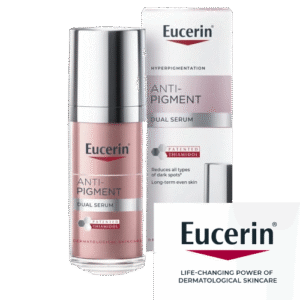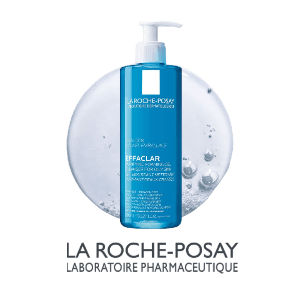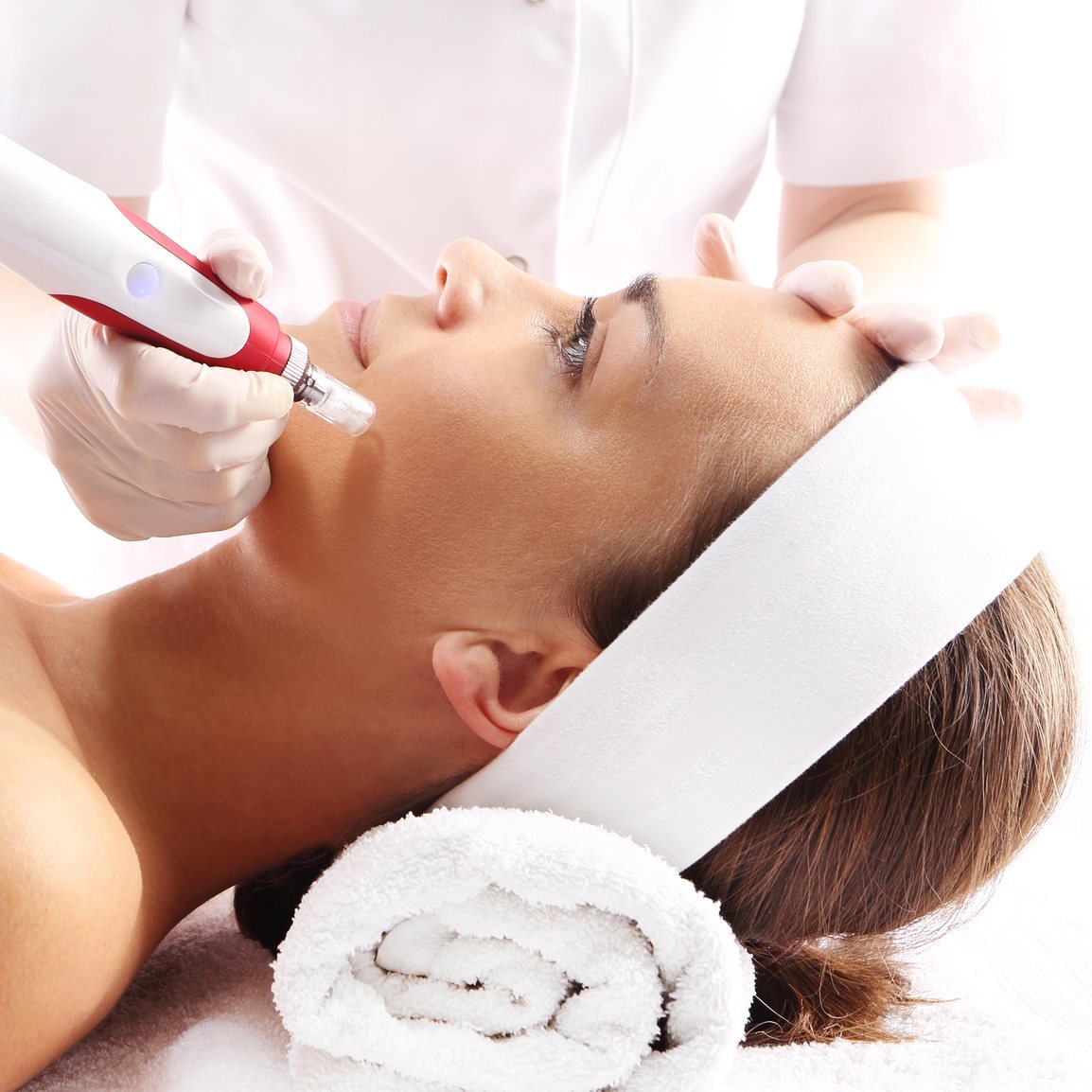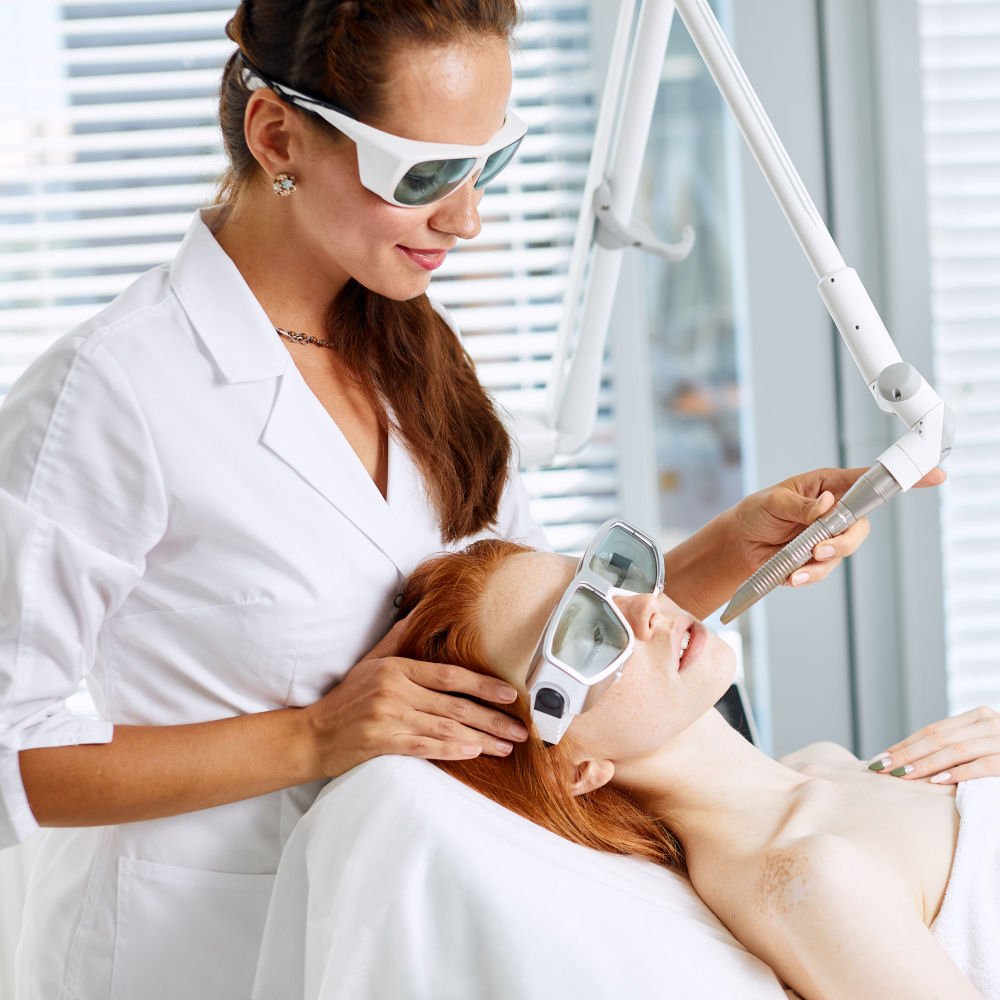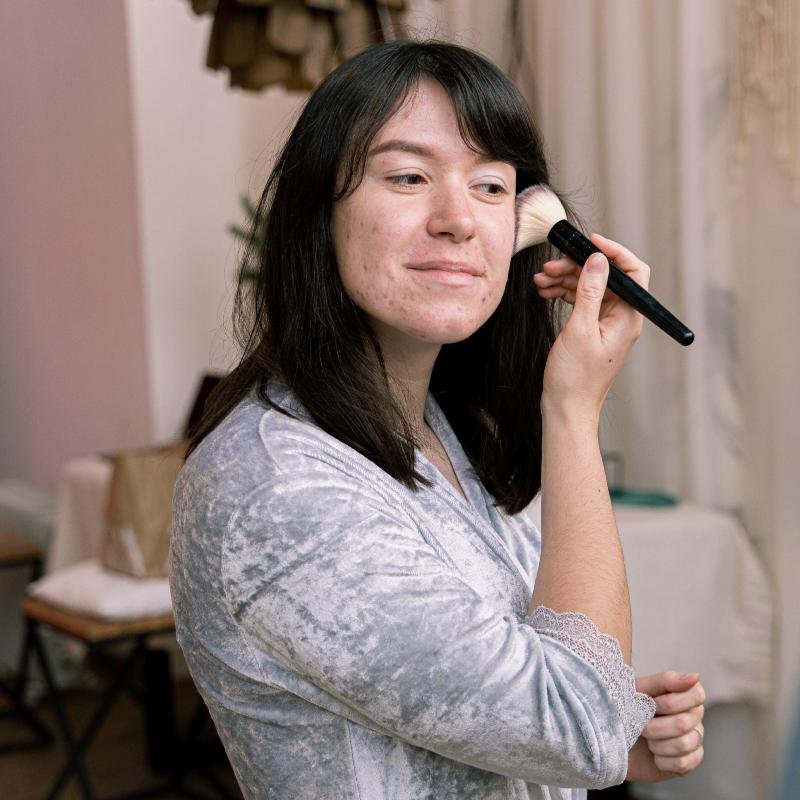Scars & Stretch Marks
What is a scar?
A scar is a normal occurrence following a cut, an injury or following a surgical procedure when the full thickness of the skin has been breached. It can also occur because of certain skin conditions such as acne. A scar develops when normal skin is replaced with fibrous tissue when the skin repairs a wound. The difference with scar tissue and normal skin is that the collagen produced is aligned in parallel to each other rather than the randomised, basket-like formation found in normal skin. This configuration usually means the scar tissue is inferior in structure and performance to normal skin and does not contain any hair follicles or sweat glands, this is also the reason that scars are more affected by sunlight exposure which can make them appear darker or lighter than the surrounding skin. Scar tissue is also less elastic than skin which can result in some tightness and tethering of the skin or a sunken appearance (atrophic scars).
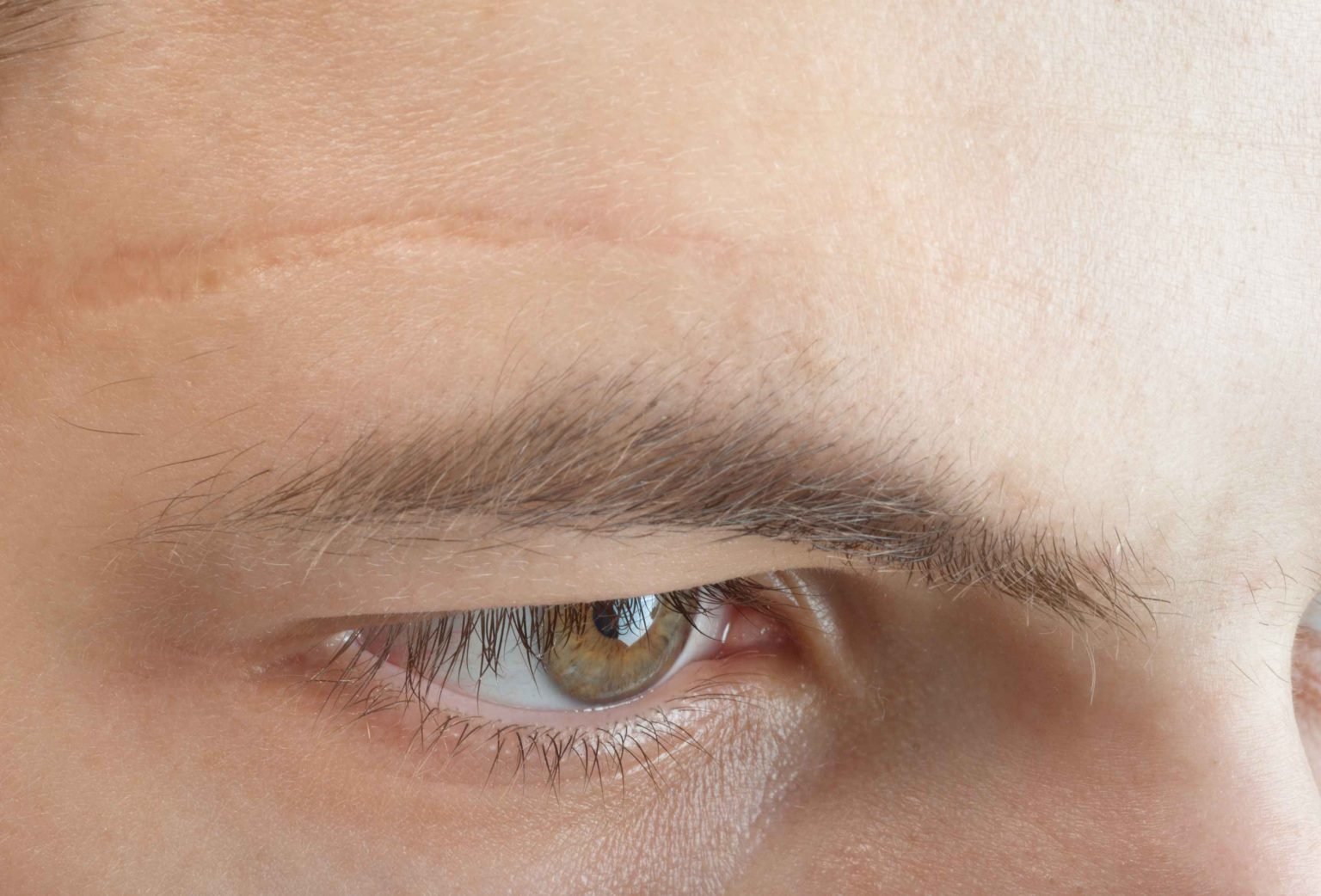
Vitamin E
Vitamin E containing skincare has been used to improve the appearance of scars but in clinical studies this has been found to be ineffective, although it can improve the discolouration sometimes associated with scars and stretch marks.


Camouflage Make-Up
Camouflage make-up can cover up scars so that they are not visible. We recommend using Oxygenetix, which is a breathable, camouflage cosmetic with an inbuilt sun protection.
Types of scar
View all of our products for scars and stretch marks
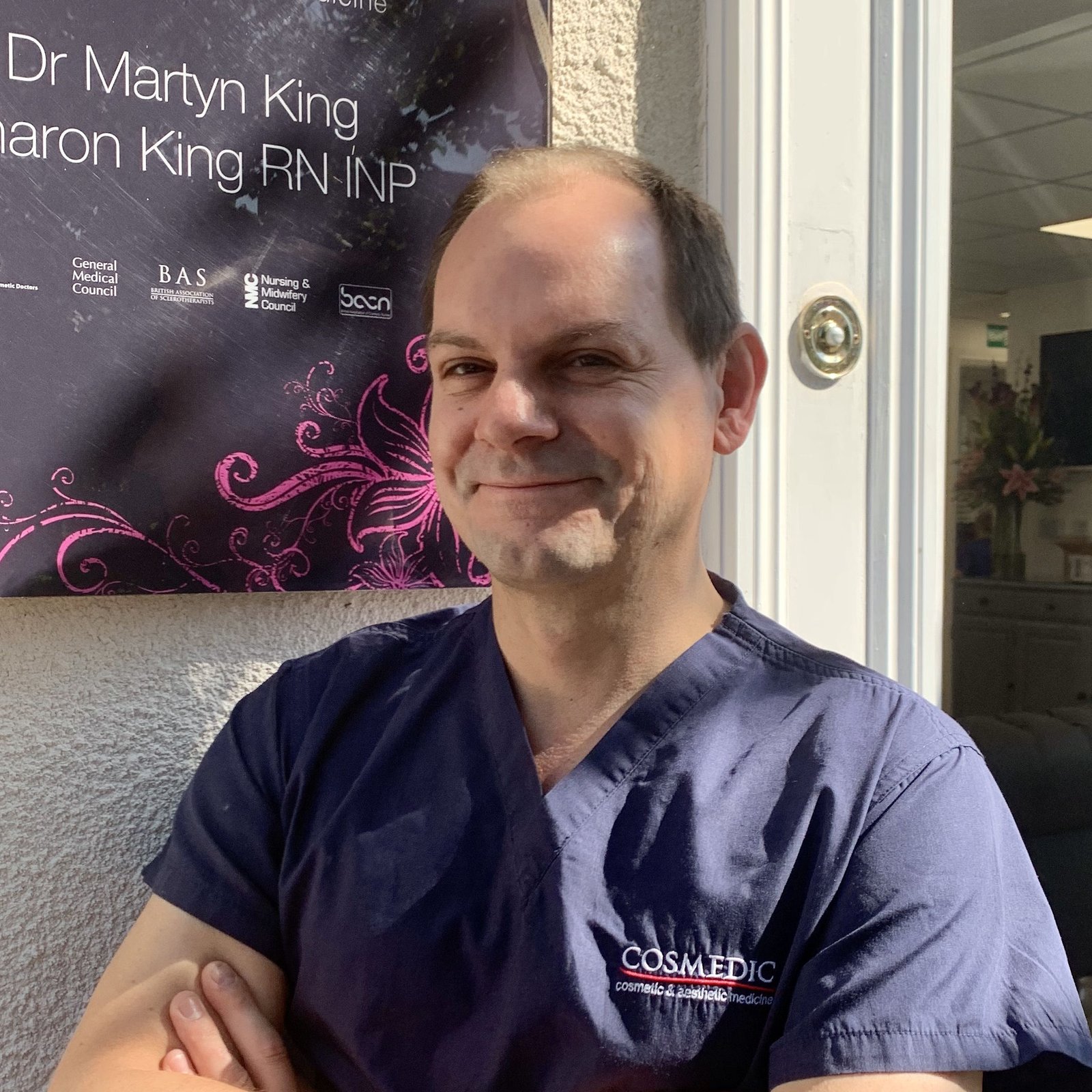
Treatment of scars and stretch marks
Dermarollers or dermapens work by creating controlled micro-trauma in the layers of the skin and can lead to the breakdown of scar tissue with the formation of new collagen, which is more configured to the normal pattern of collagen in healthy skin, resulting in an improvement in scarring. It is often the preferred treatment for acne scars and stretch marks.
Ablative and non-ablative lasers can help to breakdown scar tissue, resulting in new collagen formation, like that found in normal skin. Fractional lasers deliver hundreds of tiny shots to an area of skin, leaving unaffected skin in between, this results in less downtime and better healing. Several treatments may be required and there are also risks of burns and pigmentation. There are multiple types of laser and settings that may be used, which can provide different results, risks and downtime.
Medium depth peels can be used to improve superficial scars, such as those caused by acne, although the improvement might be minimal for deeper scars. Deeper peels can be used for better results, but the risks, side-effects and downtime would be considerably more significant. Side-effects can include burns, discomfort, post-inflammatory hyperpigmentation, infections, outbreaks of herpes and even scarring.

There is limited evidence to suggest that silicone dressings or gels leads to an improvement in the appearance of scars. These products are relatively inexpensive and generally regarded as safe so are often used as an adjunct when treating scarring.
Injecting hypertrophic or keloid scars can shrink them down and improve their appearance, but this usually takes repeated treatments and results appear gradually. Intralesional steroids can also lead to skin thinning (atrophy), destruction of fatty tissue and the appearance of fine blood vessels so helping one skin problem and potentially creating another.

Scars that have healed poorly, under tension, became infected, or not closed at the time of injury can be improved by cutting the thickened scar away and creating a neat new scar. This will still leave a scar, but often it will be much neater and thinner. However, removing keloid scar can lead to further keloid scar development in nearly half of people.

This involves using a small blade or sharp needle to separate the overlying skin from the deeper scar tissue which can improve the look of scars that are under tension or retracted. This is a technique that can also be used when injecting soft tissue fillers to plump up the scar.




